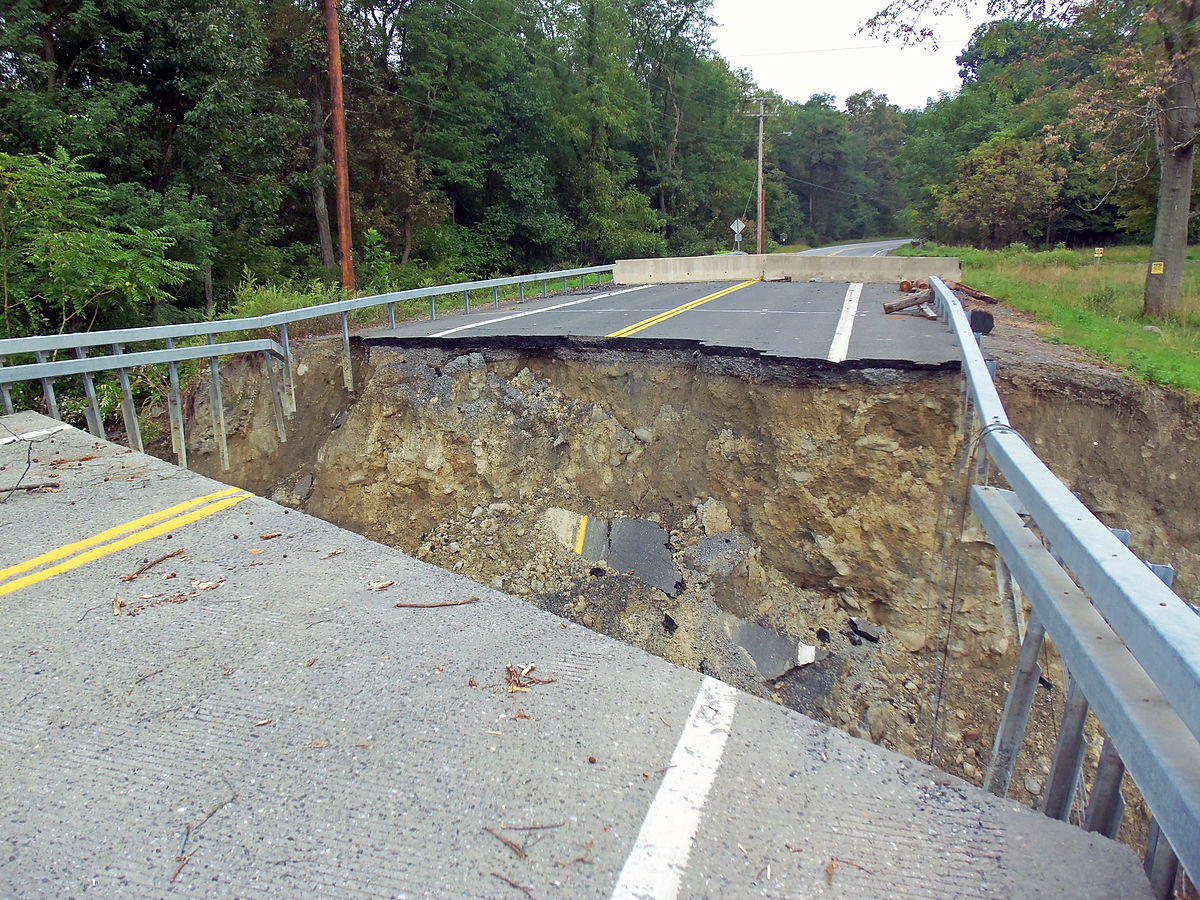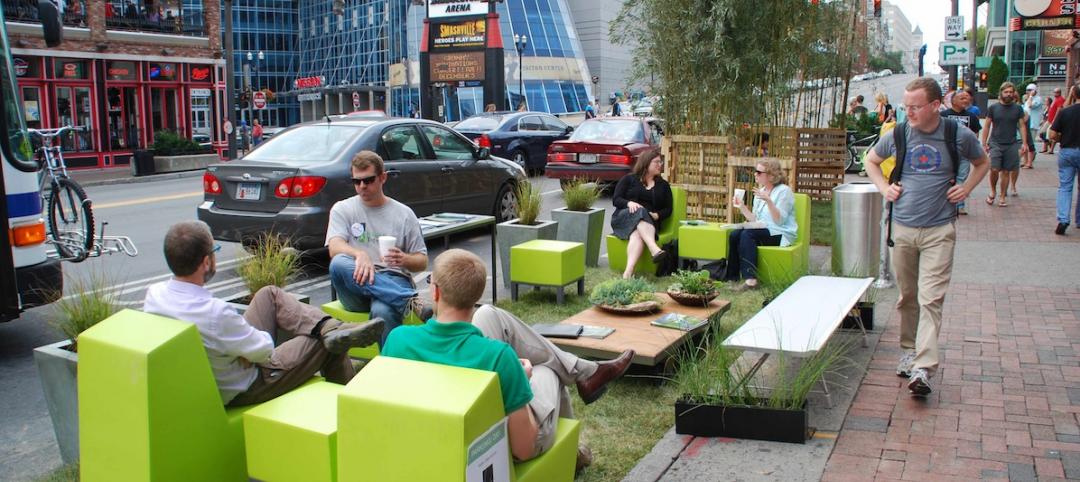The Architects Foundation released its first annual report on the National Resilience Initiative (NRI), a network of resilient design studios geared toward helping communities become more resilient to natural disasters and climate change.
The report, “In Flux: Community Design for Change, Chance and Opportunity,” was unveiled Monday at the Clinton Global Initiative’s (CGI) Annual meeting. It details the activities for the past year, including the work of the NRI’s three charter members: the New Jersey Institute of Technology's Center for Resilient Design; at the University of Arkansas Community Design Center at the Fay Jones School of Architecture; and Mississippi State University's Gulf Coast Community Design Studio, located in Biloxi, Mississippi.
The report provides a look at how architects work with communities through the National Resilience Design Network, in which the three charter members of the NRI offer architectural and building services to their respective communities.
Examples of project works outlined in case studies in the report include:
- Mississippi St. University has developed a Women in Construction center and addressed watershed planning issues.
- University of Arkansas designed local commerce and community safe rooms and proposed the development of an urban food production system.
- NJIT held a design workshop that examined how to strengthen a transit terminal and assessed the potential for using distributed power generation to increase energy-efficiency and reduce hazard vulnerability.
The NRI annual report also details how to identify policy impediments to enacting resilient design. The program envisions a resilience network, providing students and practicing architects information on how to make communities safer, stronger and more equitable.
Related Stories
Multifamily Housing | May 28, 2015
Census Bureau: 10 U.S. cities now have one million people or more
California and Texas each have three of the one-million-plus cities.
Smart Buildings | May 27, 2015
Tactical urbanism: Why bigger isn’t always better in urban revitalization
A budding urban planning movement that is sprouting in cities across the globe proves that low-cost, small-scale, community-driven projects have the power to effect positive change.
Healthcare Facilities | May 27, 2015
Roadmap for creating an effective sustainability program in healthcare environments
With a constant drive for operational efficiencies and reduction of costs under an outcome-based healthcare environment, there are increasing pressures to ensure that sustainability initiatives are not only cost effective, but socially and environmentally responsible. CBRE's Dyann Hamilton offers tips on establishing a strong program.
Healthcare Facilities | May 27, 2015
Rochester, Minn., looks to escape Twin Cities’ shadow with $6.5 billion biotech development
The 20-year plan would also be a boon to Mayo Clinic, this city’s best-known address.
BIM and Information Technology | May 26, 2015
Moore's Law and the future of urban design
SmithGroupJJR's Stephen Conschafter, urban designer and planner, discusses his thoughts on the 50th anniversary of Moore's Law and how technology is transforming urban design.
Smart Buildings | May 21, 2015
Resiliency and climate change: Dual perspectives from designers at HDR
Two geographies, two perspectives, one conclusion: from Minnesota to Miami, resiliency matters, write HDR's Bob Beduhn and Lynette Cardoch.
Smart Buildings | May 1, 2015
FEMA to require states to evaluate risks posed by climate change
The aim is for states to do a better job planning for natural disasters they are likely to face in a warming world.
Smart Buildings | Jan 7, 2015
NIBS report: Small commercial buildings offer huge energy efficiency retrofit opportunities
The report identifies several barriers to investment in such retrofits, such as the costs and complexity associated with relatively small loan sizes, and issues many small-building owners have in understanding and trusting predicted retrofit outcomes.
Smart Buildings | Jan 7, 2015
Best practices for urban infill development: Embrace the region's character, master the pedestrian experience
If an urban building isn’t grounded in the local region’s character, it will end up feeling generic and out-of-place. To do urban infill the right way, it’s essential to slow down and pay proper attention to the context of an urban environment, writes GS&P's Joe Bucher.
BIM and Information Technology | Dec 28, 2014
The Big Data revolution: How data-driven design is transforming project planning
There are literally hundreds of applications for deep analytics in planning and design projects, not to mention the many benefits for construction teams, building owners, and facility managers. We profile some early successful applications.

















